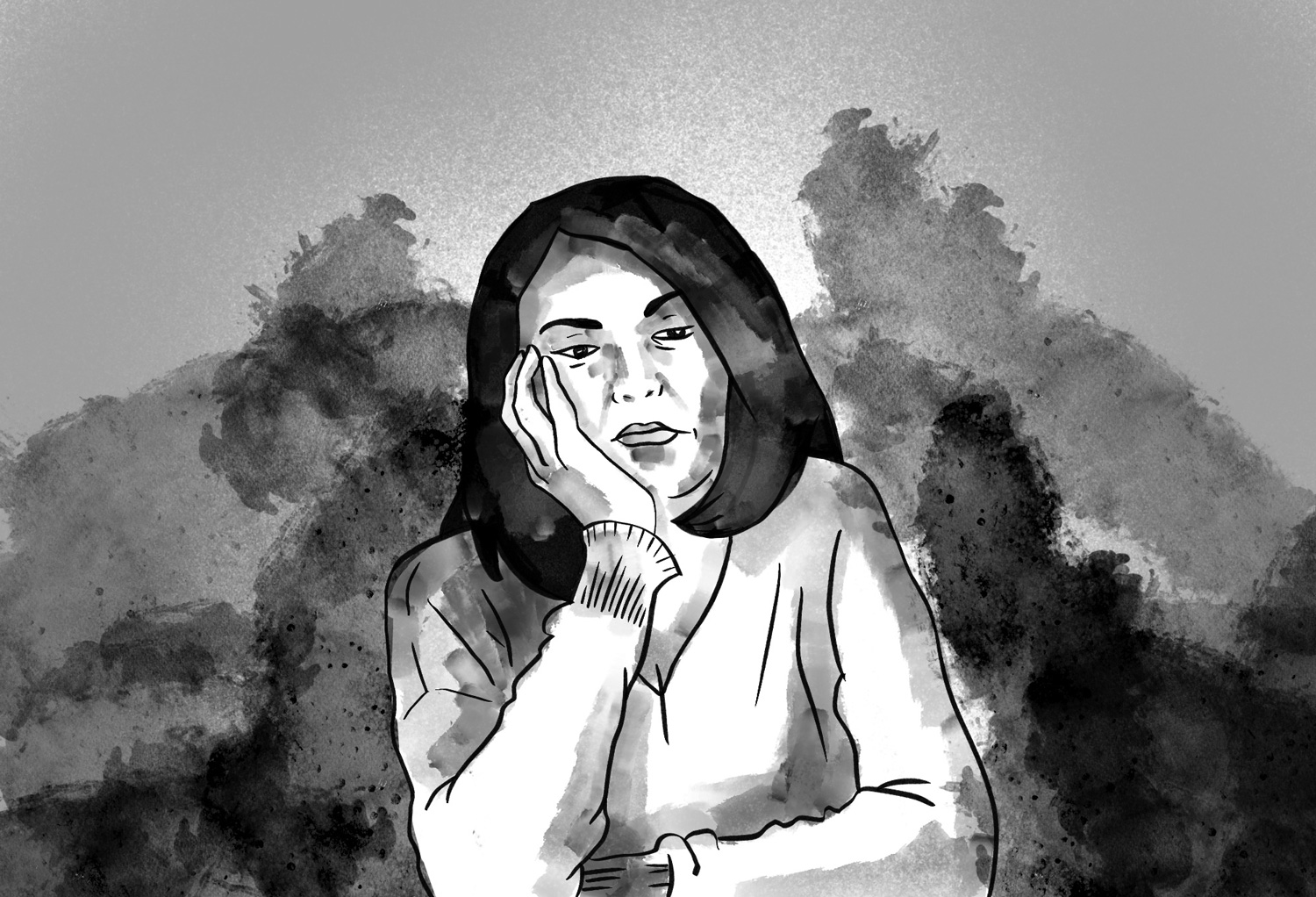
Intellectual property cases are often esoteric, arcane, theoretical, and complicated which results in the risk that jurors will see the case as deadly boring and confusing. We see pretrial research as a way to test strategies for communicating difficult ideas in a way that resonates with jurors or if jurors simply tune out and make their verdicts based on extra-evidentiary evidence (“I didn’t trust the Plaintiff attorney because she smiled too much”).
There are ways to teach the science, the process, the idea, the widget, the huge machine, industry standards, and even exotic theories. But it does take practice and often, after years of work on a case, you need fresh eyes to help you see how to tell a story simply and yet in a way that captures the listener’s attention. Whether the details of a specific case are contained in patent law, high-tech and abstract concepts, or even “brain science“, jurors need to understand it enough to make judgments on the case. And they will make judgments whether they understand your presentation or not. The question is whether those judgments will be informed by bias, knowledge, or by a coin flip and a longing to be done with jury duty.
Make it Real in Their Everyday Lives
We know from more than 20 years of interviewing jurors that they have a strong preference for clear understanding. They don’t want to get it wrong. Whether they achieve a clear understanding or not, the burden of teaching falls entirely on the attorneys presenting the case. Often our mock jurors help to make the abstract and complex both concrete and simple, or at least familiar and that is a benefit of pretrial research and jurors struggling to understand concepts that are completely foreign to them. You just need to help them relate the theory, process or idea to their everyday lives. Sometimes that is done through animation, sometimes through a good analogy raised by a mock juror, and other times through a serendipitous event (never something you want to gamble your case on) that helps them engage as with this example from a juror in an infringement case.
We had a patent case once where a mock juror kept giggling when a slide was shown with a small section in the county highlighted on a graphic. In deliberations, despite his lack of formal education—he was vocal and opinionated and instrumental in shaping group opinion. When asked about his earlier giggles—he grinned sheepishly and said,
“Well, I happen to live on that spot. I know it was an example to illustrate for us how patent holders stake out their property but it just struck me as funny that they were suing for all these millions over my house!”
For him, the personal identification with a pretty obscure technical patent infringement case challenged him to focus and master the information to the extent he found possible. We got lucky with this particular juror. In another juror, the knowledge that the graphic pointed to their property may have made them disinterested because it “was obviously not real.” It is wise to not leave these sorts of lessons to chance!